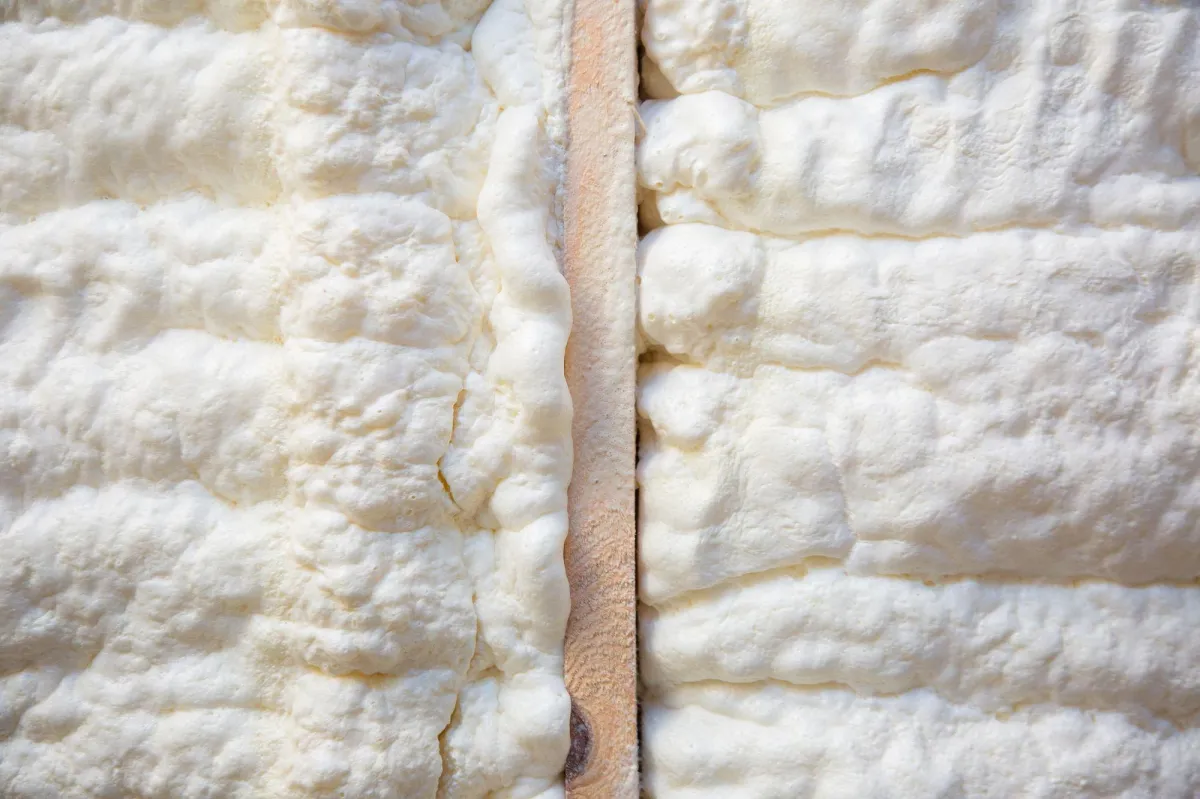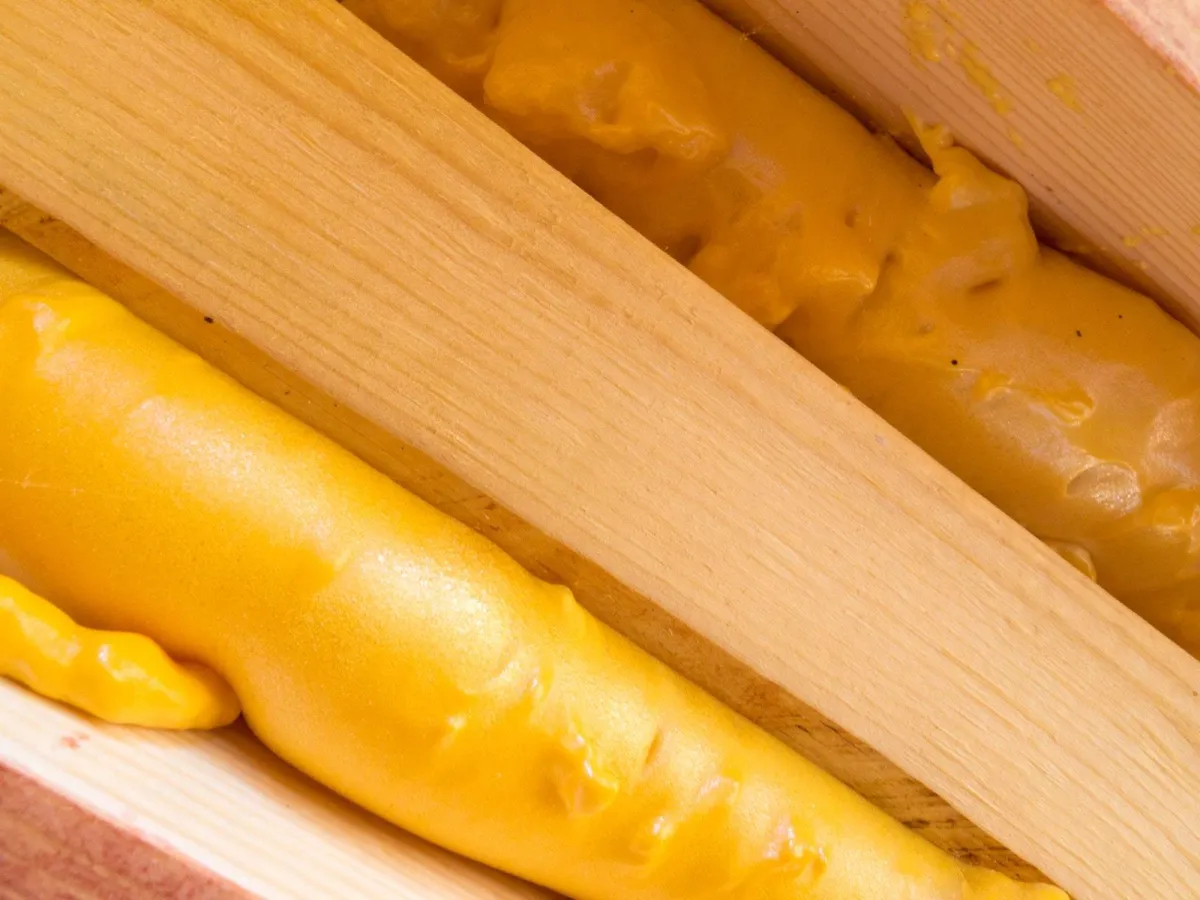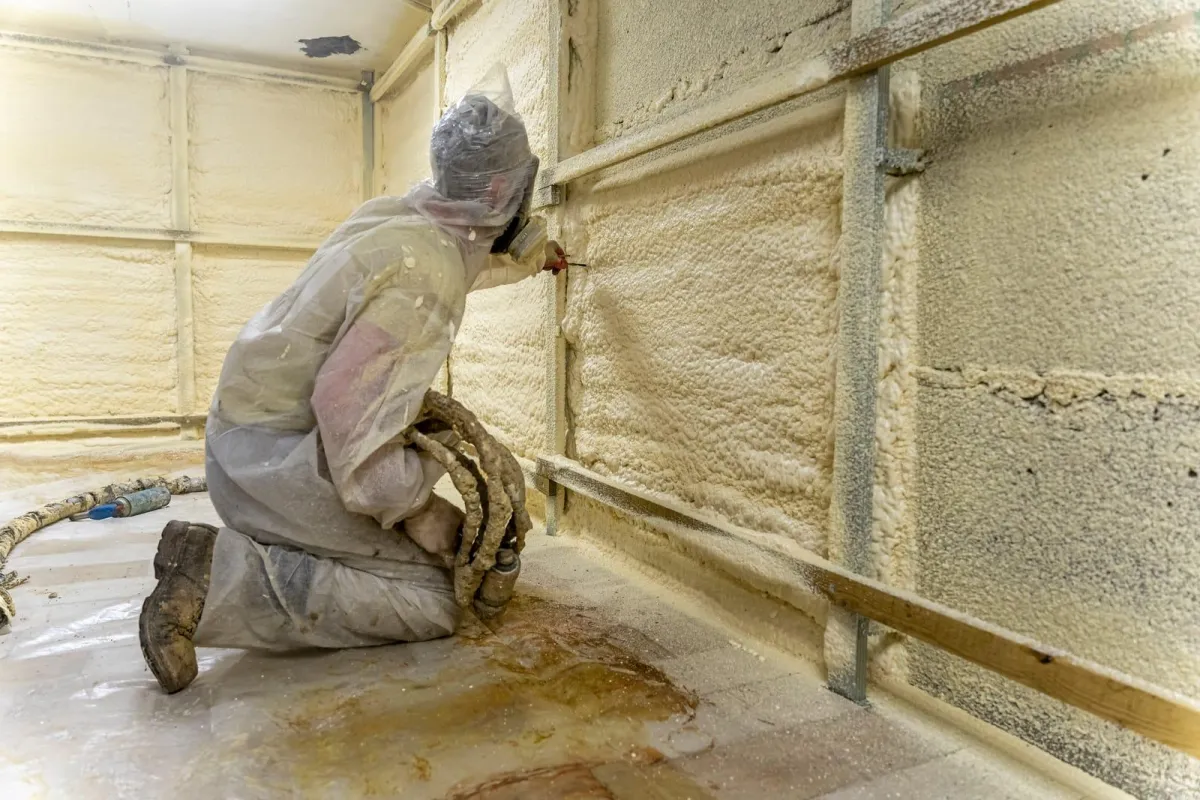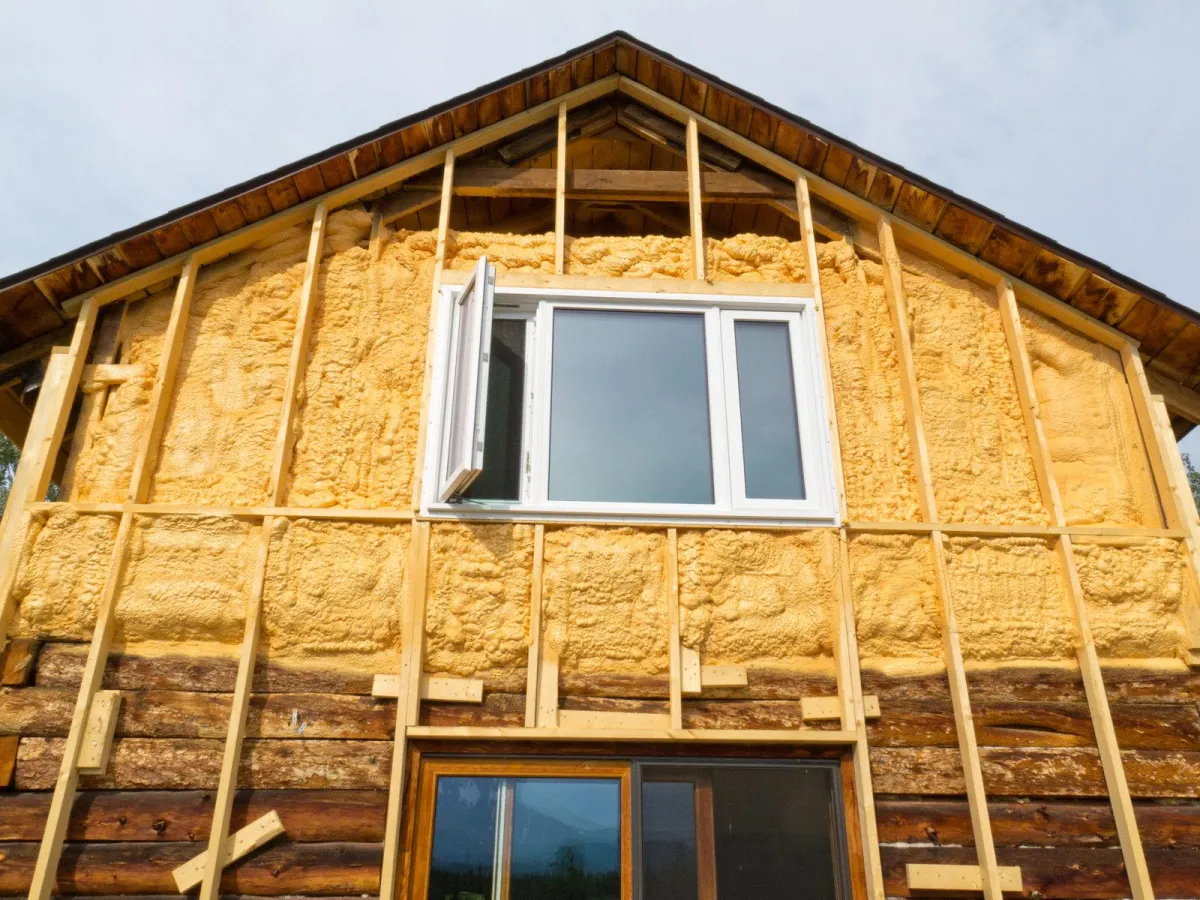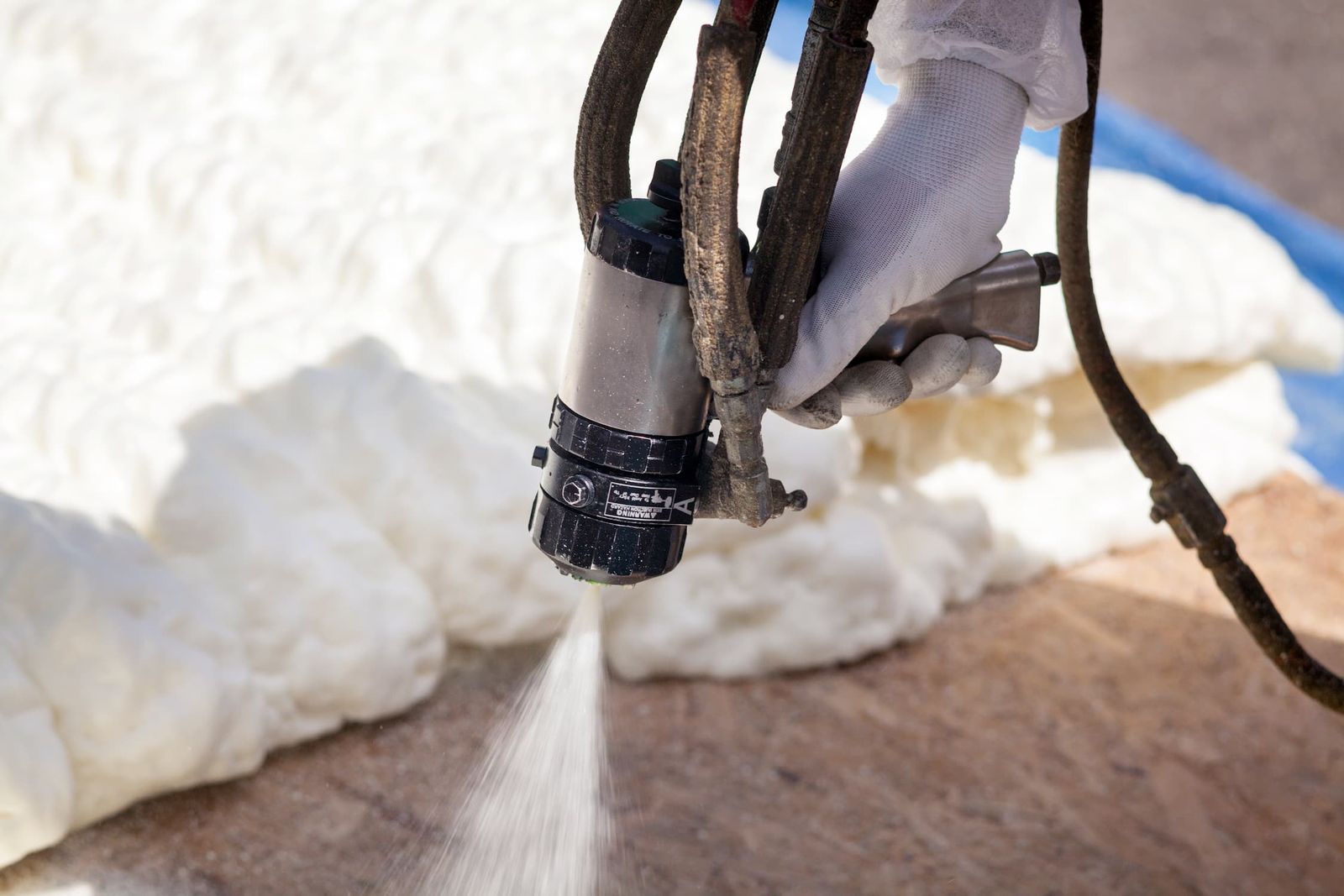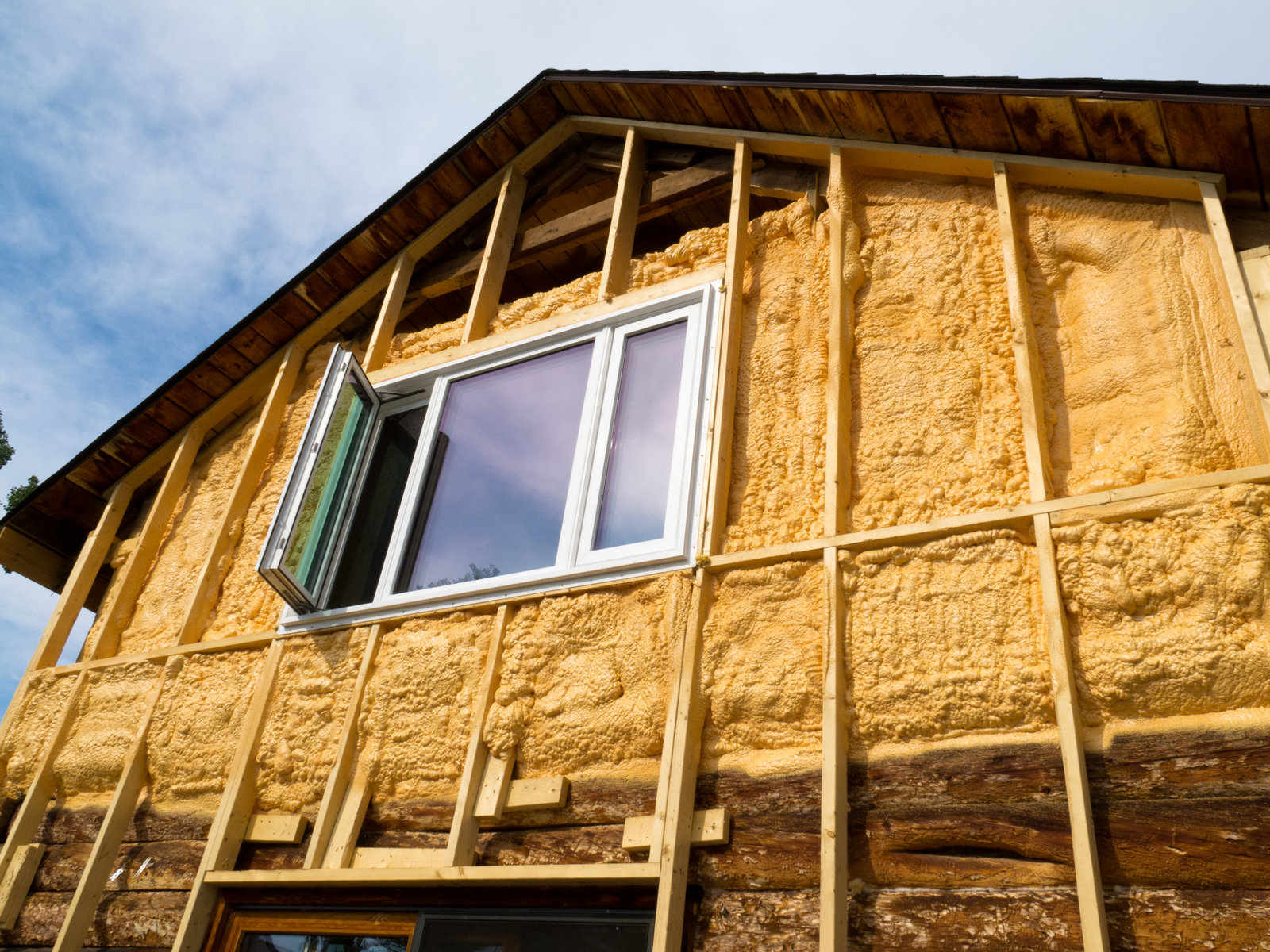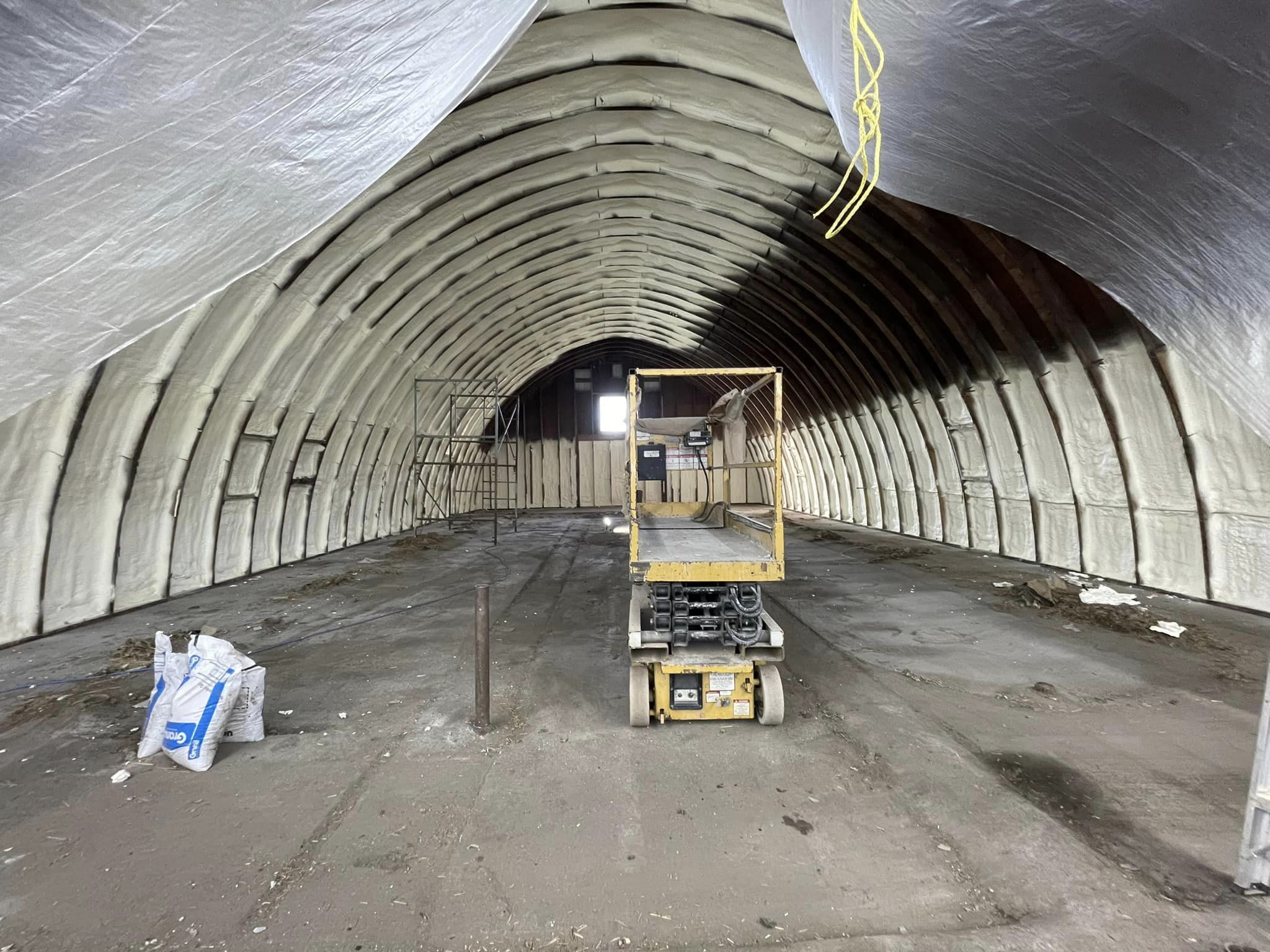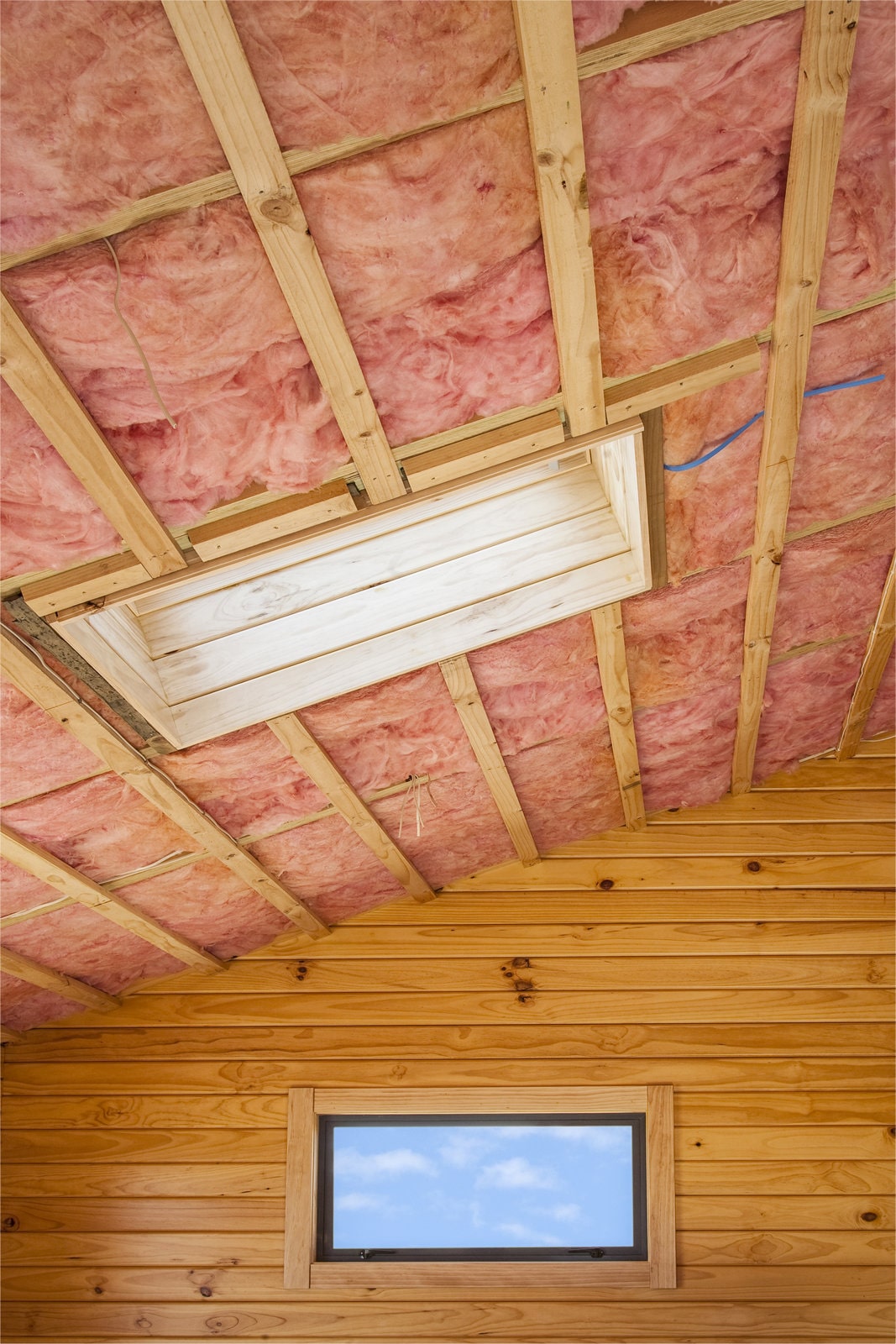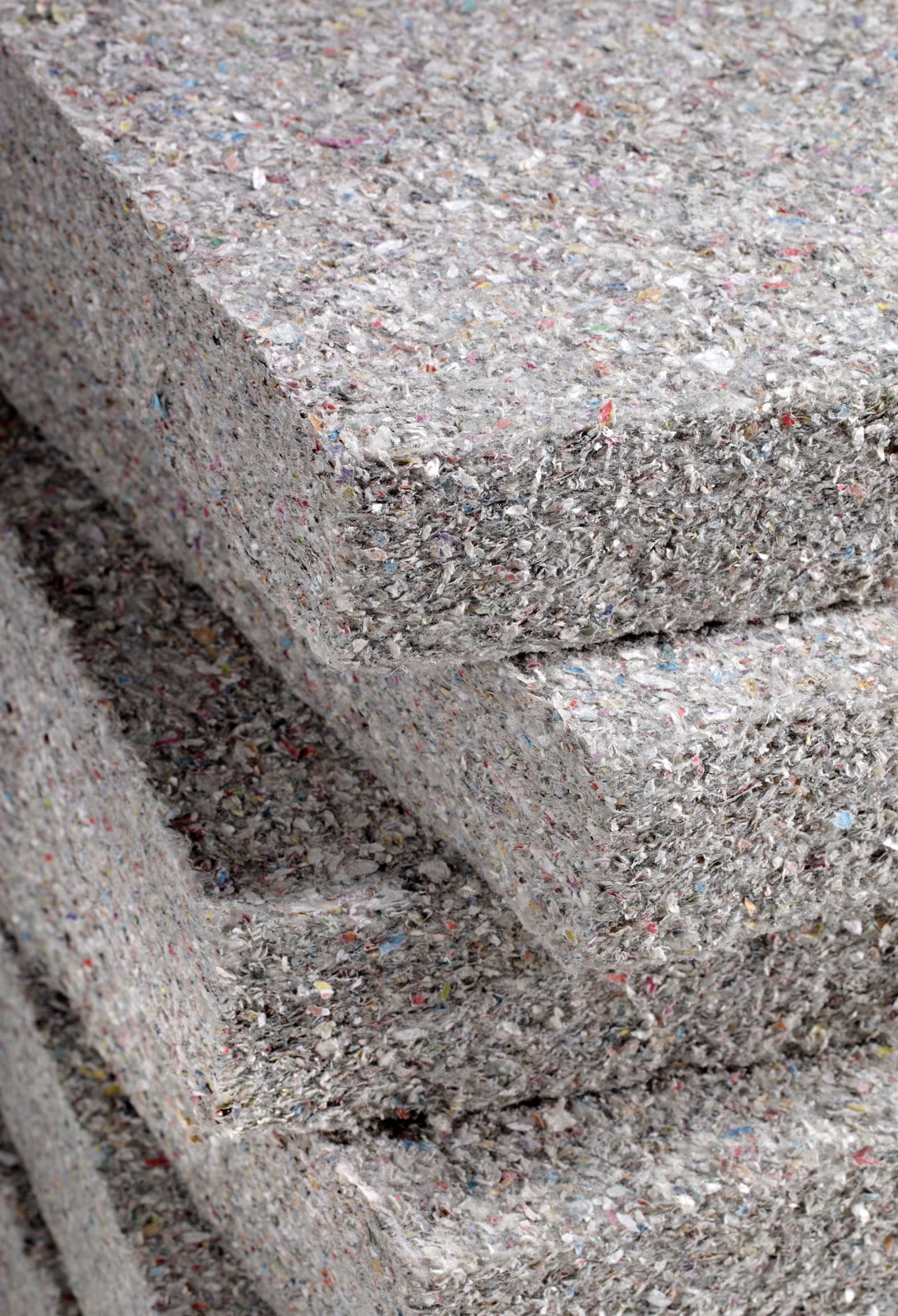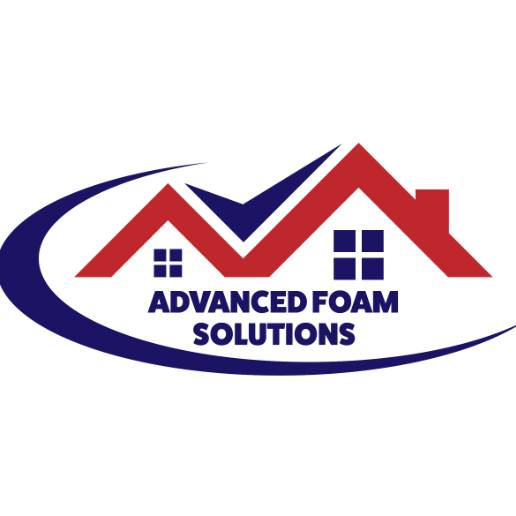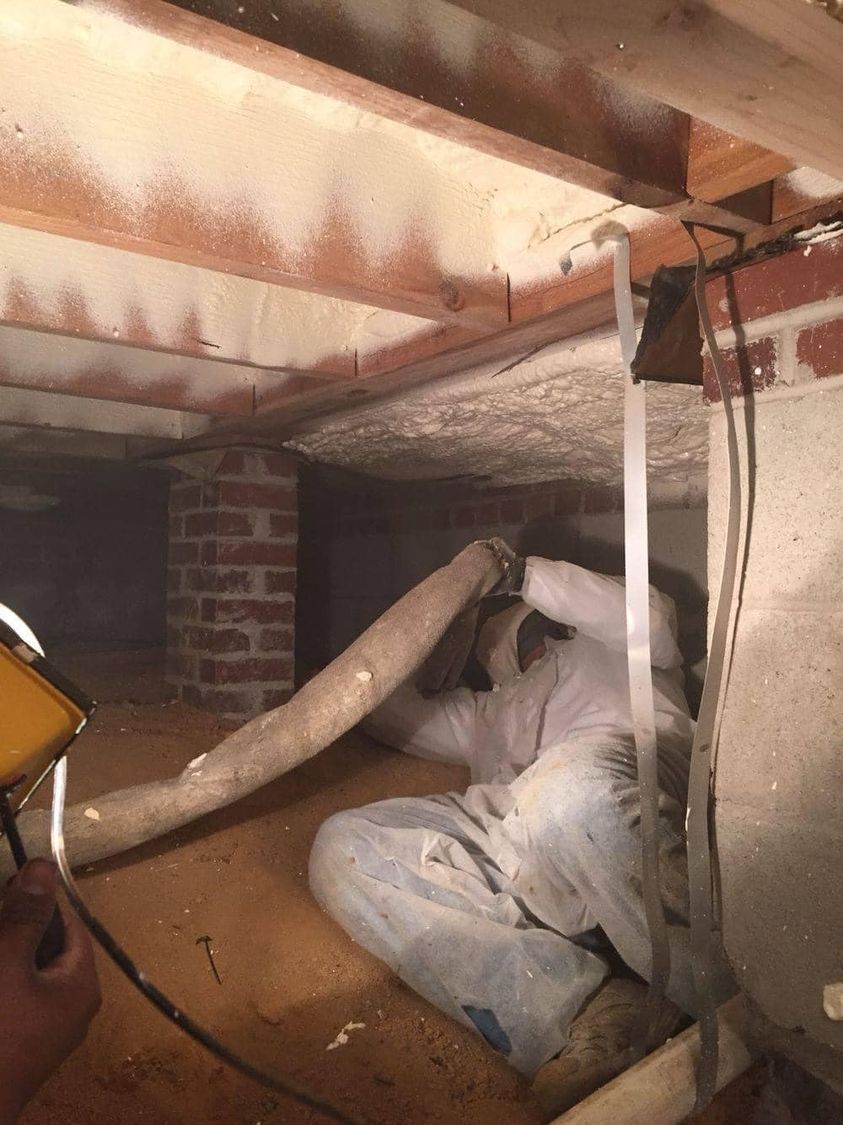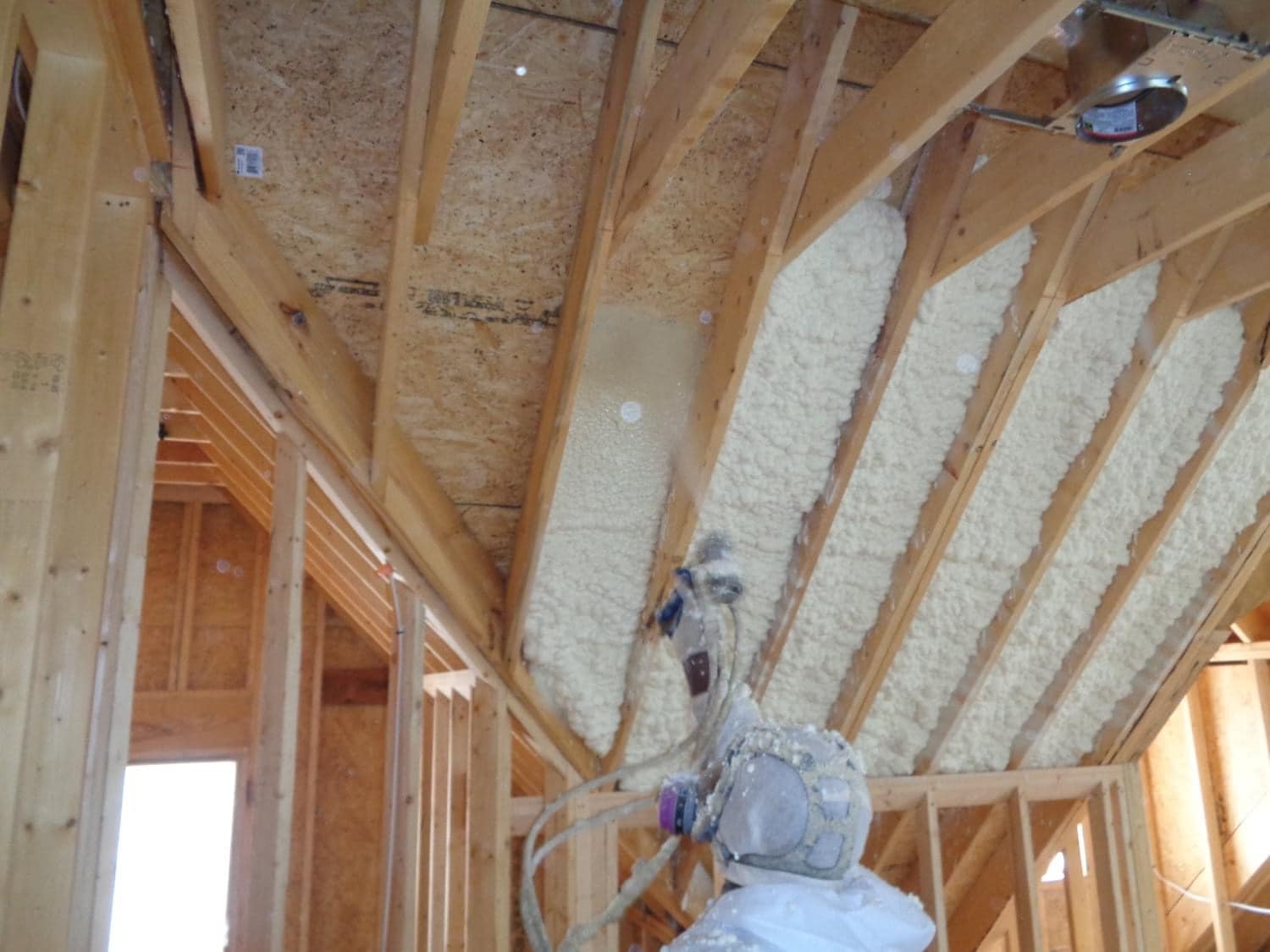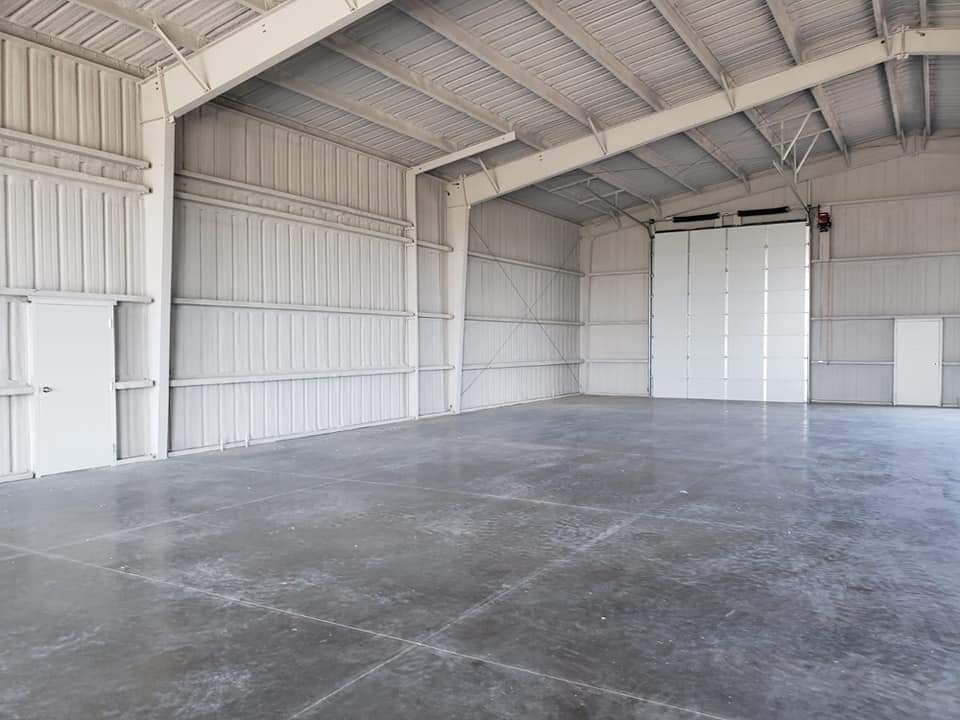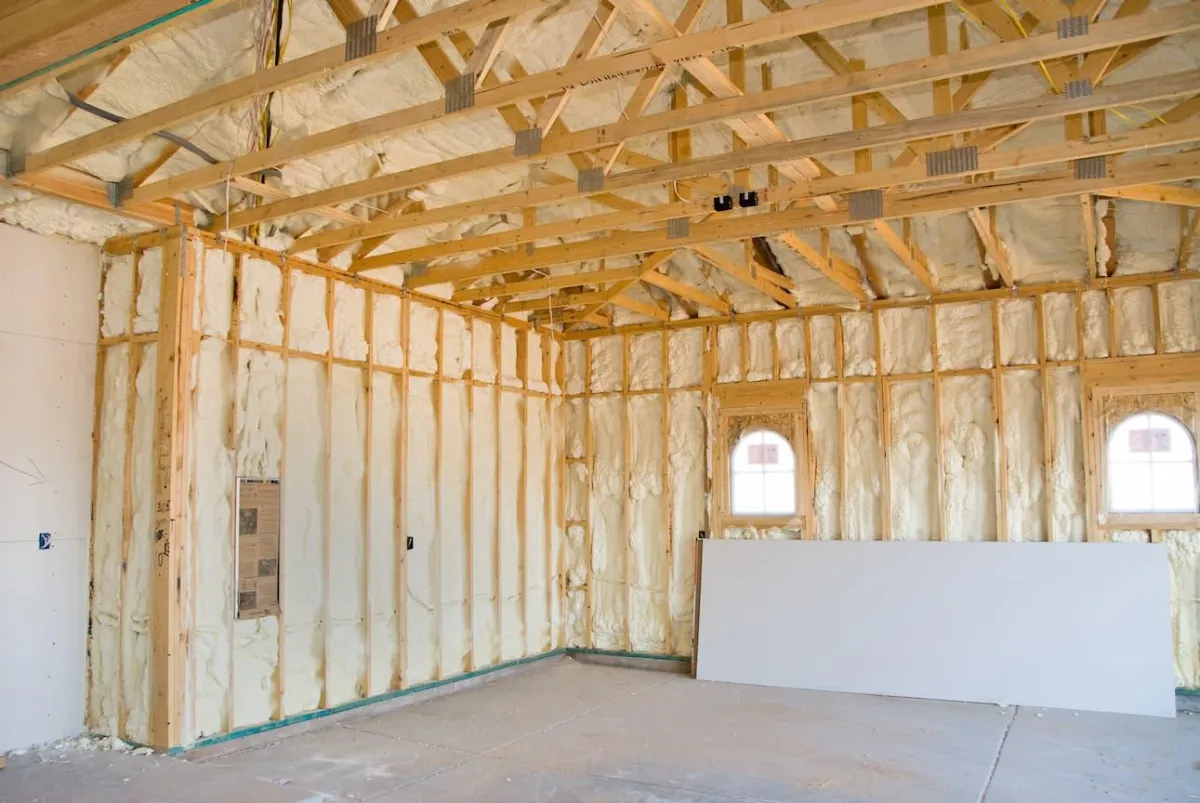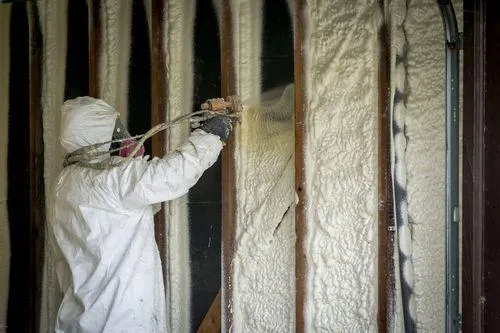
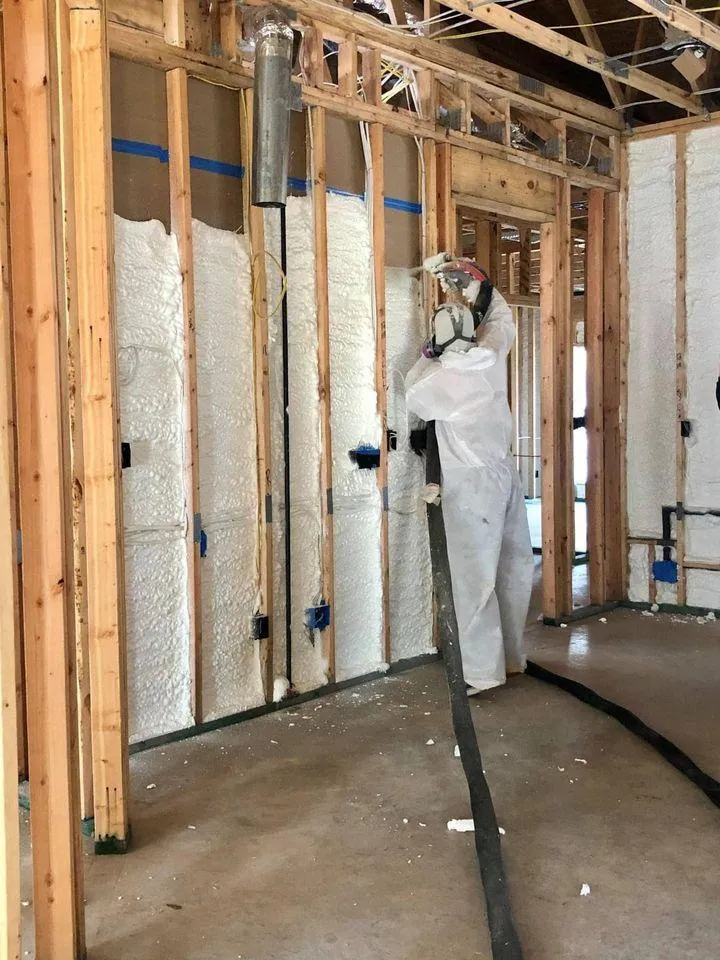
RECENT ARTICLES

In the Warm Embrace of Excellence: Attic Insulation Installers in Oxbow, North Dakota
The size and specific requirements of the space being insulated directly impact the cost of spray foam insulation.
Larger areas necessitate more materials and labor. The depth of foam needed for optimal insulation also plays a significant role; thicker layers provide better insulation but require more product.
Spray foam insulation comes in two primary types: open-cell and closed-cell, each with distinct properties and price points.
Open-cell foam is less dense and cheaper but offers a lower R-value. Closed-cell foam, while more expensive, provides a higher R-value, better moisture resistance, and adds structural strength to the walls.
The complexity of the installation can affect labor costs.
Areas that are difficult to access, have intricate architectural details, or require special preparation before the application of spray foam may increase the time and labor needed for a project, thus affecting the overall cost.
In some cases, existing insulation may need to be removed, or other preparatory work may be required before applying spray foam insulation.
Additionally, addressing air leaks or repairing damages discovered during the insulation process will add to the total expense.
Google Reviews
© Copyright 2024 Advanced Foam Solutions. All Rights Reserved. - Privacy Policy - Terms & Conditions - DMCA
Website built by ClientSwing

